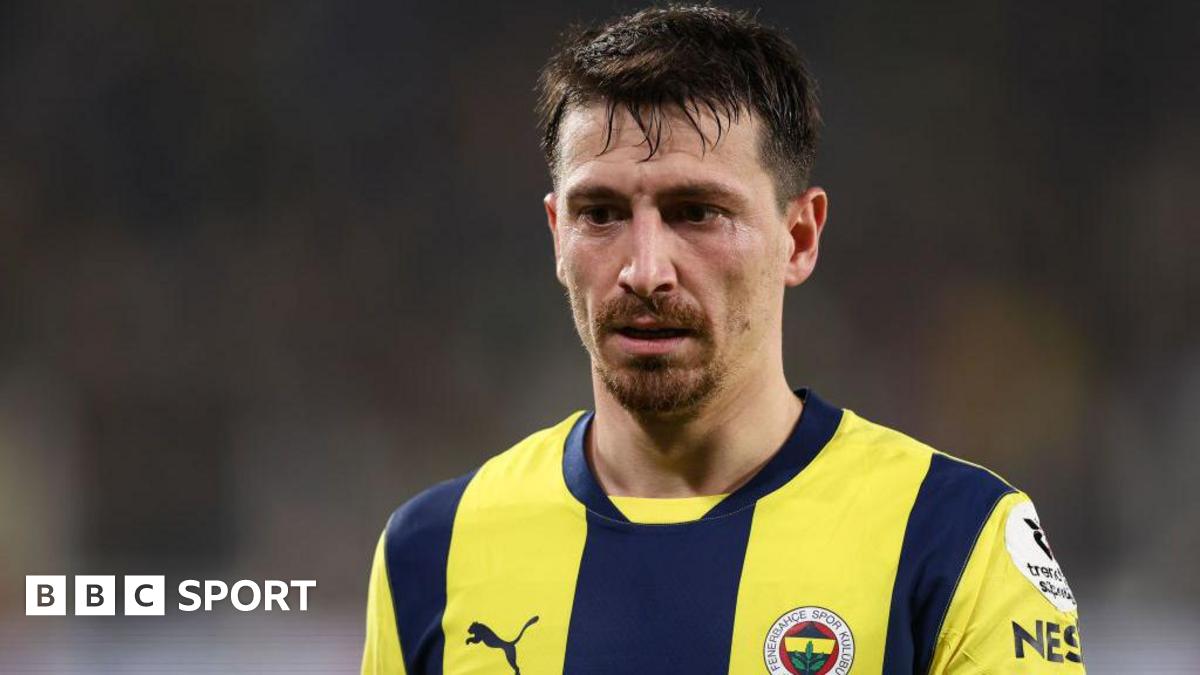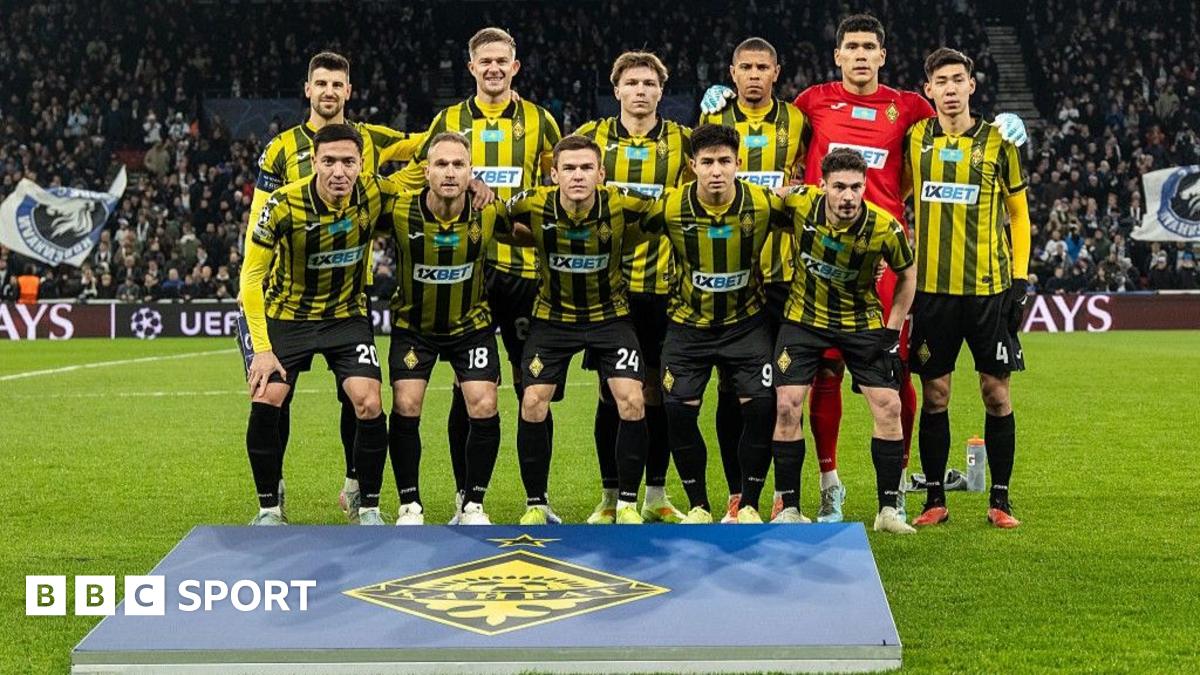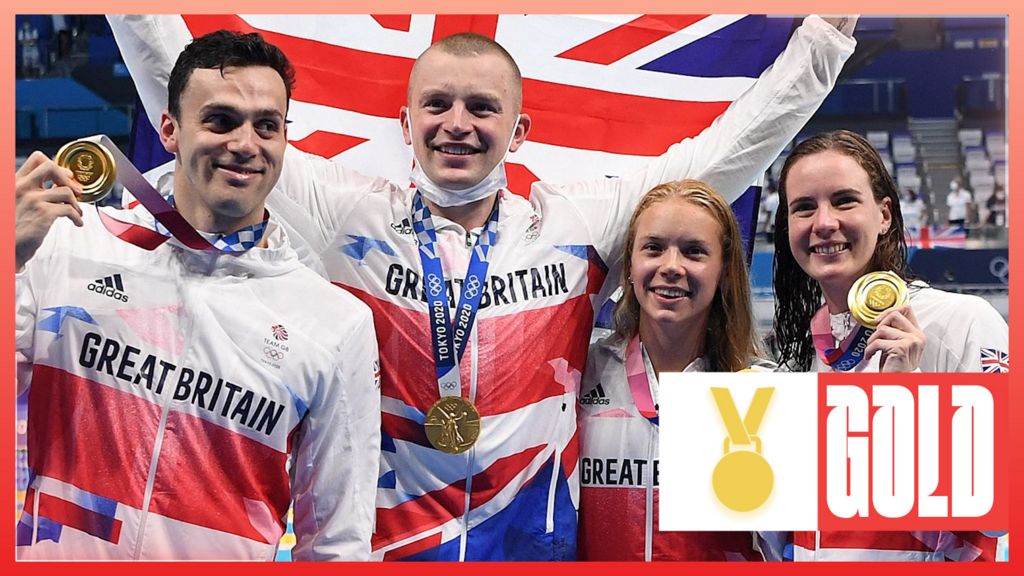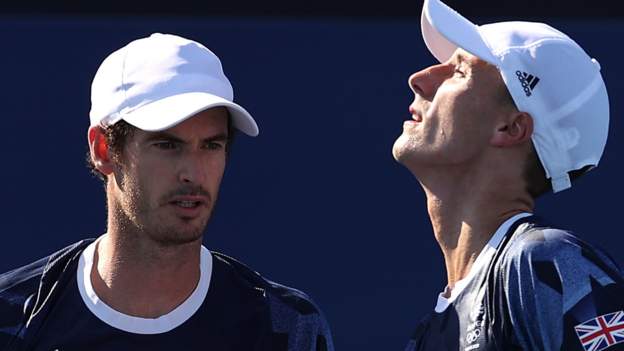A report commissioned by the German Ministry of Sport and carried out by researchers at Humboldt University in Berlin and the University of Munster – Leaks from Doping in Germany from 1950 to Today – appeared in various German newspapers.
The report was heavily redacted because of legal and privacy concerns, but was clear enough in its claim that doping was widespread on both sides of the Cold War divide and had continued after reunification.
The revelations on West German doping landed like a bombshell, with the reverberations travelling around the world.
The report alleged that West Germany’s shock comeback win over Hungary in the 1954 World Cup final – a game often called ‘The Miracle of Bern’ – had been powered by pervitin, an energy-boosting methamphetamine.
The drug had been studied in depth for its doping qualities at Freiburg during the 1950s.
Questions were also raised over West Germany’s 1966 World Cup, in which they reached the final but lost to England 4-2.
The report revealed that a letter from Fifa official Mihailo Andrejevic informed the president of the German Athletics Association, Max Danz, that “fine traces” of ephedrine – a central nervous system stimulant – were found in three players of the German national team.
No action was taken and some have speculated that the players may have consumed the ephedrine in a cold medicine.
By the time of the 1972 and 1976 Olympics, in Munich and Montreal respectively, organised doping was common among West Germany’s elite athletes, the report added.
While most of Germany’s sports federations agreed to take part and share documentation, according to the report, it was notable that the country’s athletic association refused to hand over the minutes of its presidential meetings, while “a former president of the federation was unwilling to allow access to doping-related documents in his possession”.
The report also states that the German Football Association only offered the researchers access under ultimately unacceptable conditions, while the security services refused access to potential doping-related documents from both West and East Germany.
Over a decade later, the initial report, even with redactions, is only available as a physical copy by request to the German government.
The Federal Institute for Sports Science (BISp) said the 804-page initial report did not “meet the requirements of good scientific work in form and content” and requested that it was revised.
A later, 43-page version has been made available more publicly., external
The University of Freiburg told BBC Sport it was “committed to the consistent, unreserved and transparent clarification of the past surrounding Freiburg sports medicine” and described the resignation of Paoli and her team of investigators and their failure to deliver a final report in conjunction with it as “very regrettable”.
The university has made some parts of the team’s provisional work available online., external
Germany announced in July, external that it intends to bid to host the 2040 Olympic and Paralympic Games. If successful, the event would mark 50 years since reunification.
But, like the future, the country’s past is contested.
The Cold War had its victor, and victors often have the freedom to mould history and storylines as they see fit. Yet West Germany’s secrets have, at least partially, emerged to change the script.
East Germany doped its athletes on a chillingly industrial level that saw thousands drugged without clear consent to gain a sporting upper hand – but the situation in the West was far less opaque.
Those in West Germany were afforded freedom beyond the wildest dreams of East Germans, but it is becoming increasingly clear that many chose exactly the same methods as the enemy.
For some, in the battle for Cold War medals, anything to gain an advantage was fair game.




















